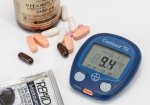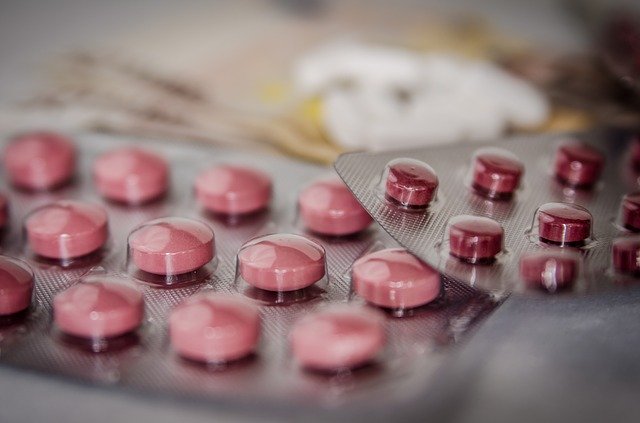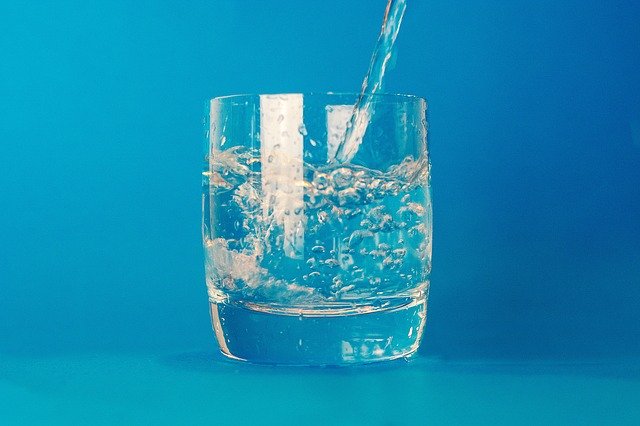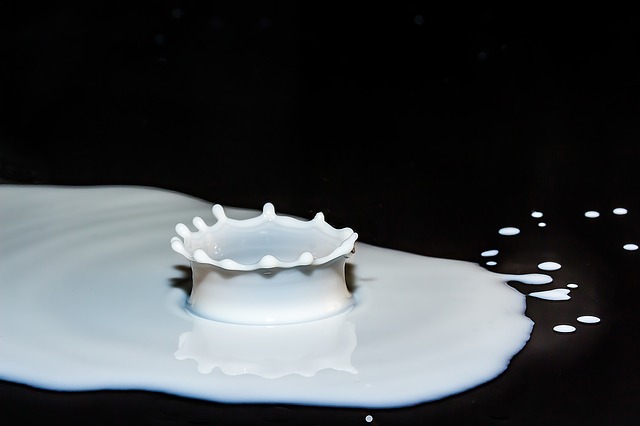Secondary Hypertension, What You Need to Know

Secondary hypertension affects between 5 to 10 % of the people suffering from high blood pressure. Secondary high blood pressure is therefore of a very low prevalence compared to essential hypertension which is also known as primary hypertension.

Moreover the 5 to 10% who have secondary hypertension are typically three types of people.
Number one is someone who develops high blood pressure when they are young when 20 or younger, two is someone who is older than 65 years old and just starting to have hypertension and lastly someone who is not having their high blood pressure controlled even after running through three blood pressure medications and possibly now considering taking on the fourth medication.
Consequently, these three considerations are important markers when doctors begin the often long and expensive process of secondary hypertension diagnosis.
With this in mind, the next logical step in expanding our appreciation of secondary high blood pressure is to consider its definition.

Secondary Hypertension Definition, Causes and Diagnosis
Secondary hypertension by definition is hypertension that is as a result of another identifiable correctable underlying cause which is often a medical condition.
Unlike essential hypertension which affects the majority of the population and whose cause is unknown, the causes of secondary high blood pressure can be isolated through a thorough medical diagnosis.
As stated earlier, doctors are triggered to begin a diagnostic investigation into the possibility of secondary high blood pressure on the basis of risk factors such as age, too young or too old to start having high blood pressure or a person's failure to get relief from a number of hypertension medications. A lack of family history of hypertension is also another factor considered.
The diagnosis of secondary hypertension leading to the cause of the condition is procedurally done through a process of careful elimination of a lengthy list of possibilities.
By the same token, specialist doctors often use a mnemonic to run through this process of arriving at the cause of the secondary high blood pressure.
The mnemonic has the following letters:
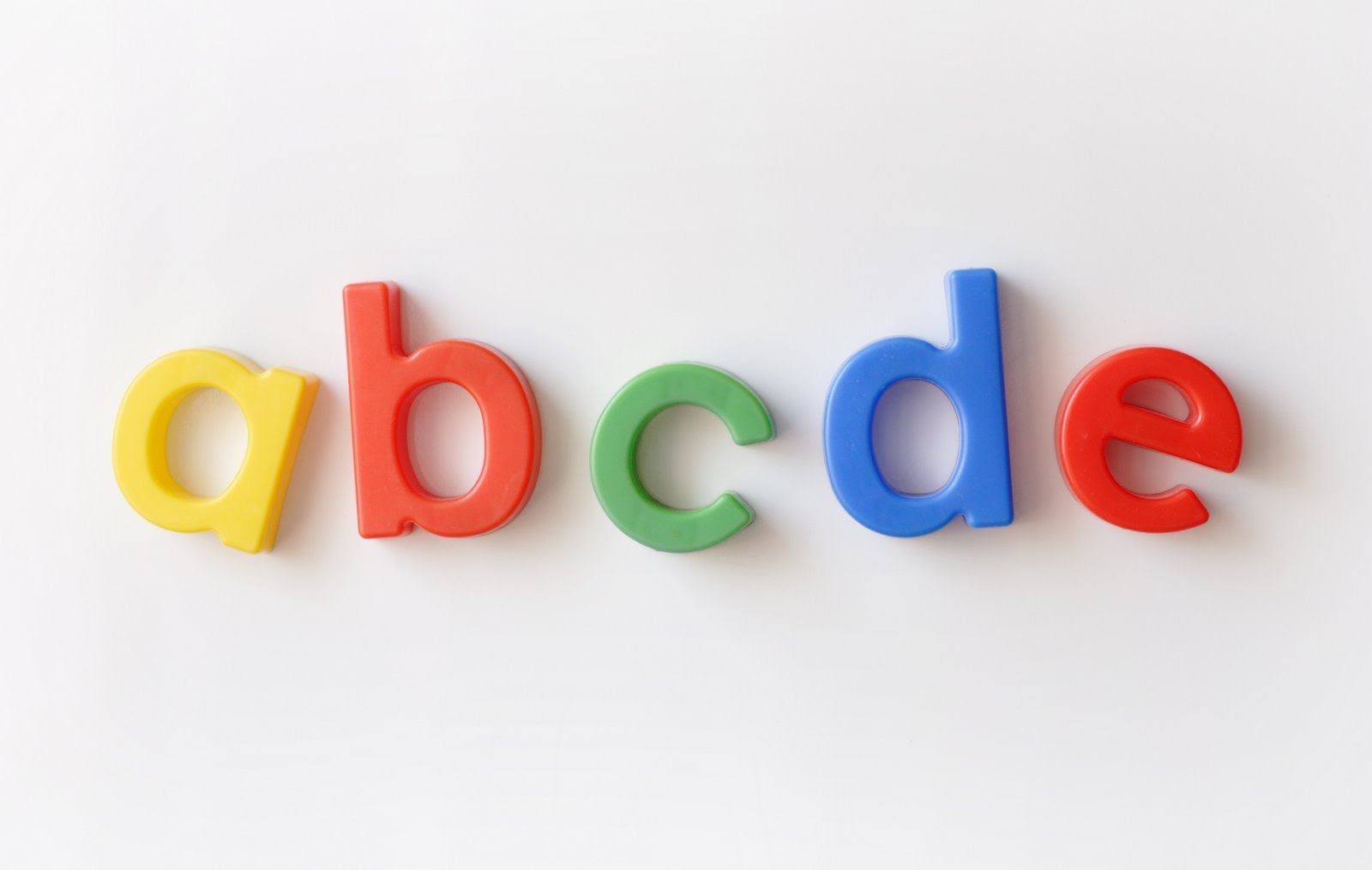
Image Credit: Herrondermatology.com
At the same time, there are other mnemonics that have been developed by other physicians, for example, HHHARPCO and CHAPS.
Be that as it may, the ABCDE mnemonic is recommended by researchers in the 2003 journal of the American Family Physician (2003 Jan 1;67(1):67-74).
Each of the letters in the ABCDE mnemonic carries with it specific action points or possible causes that must be carefully looked into during the diagnosis of secondary hypertension.
The mnemonic begins with...
A for Accuracy, Apnea and Aldosteronism
Accuracy
Accuracy of blood pressure measurements is the first important consideration when establishing causes of secondary hypertension. For example, 20% of people with high blood pressure who visit the doctor's office have white coat hypertension. This is resolved by employing out-of-office blood pressure readings also refereed to as ambulatory blood pressure measurements. This may also mean taking the readings on a 24hr ambulatory basis. The fitting cuff of the measuring device must be just right to avoid distortions in readings and consequent misdiagnosis. A physician's sphygmomanometer must be relied upon vs generally inaccurate digital home blood pressure monitors.
Apnea
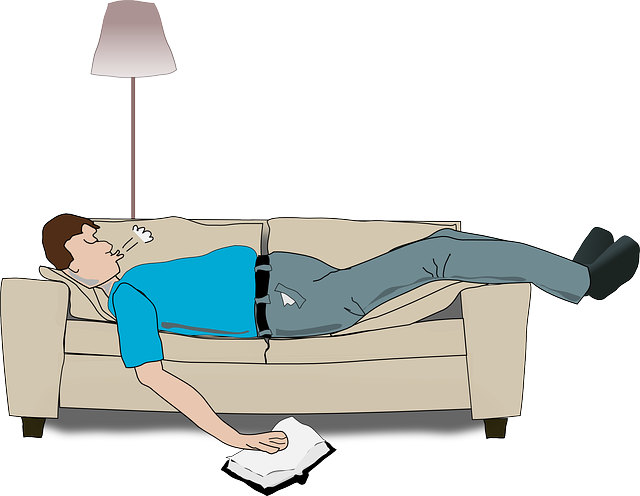
Sleep apnea known in full as obstructive sleep apnea (OSA) falls under letter A of the secondary hypertension causes and diagnosis mnemonic. According to a report in the 2007 Current Hypertension Reports (2007 Dec;9(6):529-34), when an individual experiences OSA, both systolic and diastolic blood pressures remains elevated at night. Furthermore, the report notes that in many of the patients, even during day time blood pressure remains high.
Aldosteronism
Primary hyperaldosteronism (PA) is also known as Conn's syndrome following Conn's first characterization of the condition in 1955. PA is recognized as the leading cause of secondary hypertension in 5 to 18% of people with high blood pressure. People with aldosteronism release huge levels of hormone aldosterone which is responsible for increased sodium in the body and loss of potassium. Even so, our detailed article on sodium-to-potassium ratio highlights how blood pressure is elevated or decreased by the levels of sodium and potassium in a person's system. Doctors screen for aldosteronism as a potential cause of secondary high blood pressure.
B for Bruits and Bad Kidneys
Bruits
Bruits fall under the letter B of the mnemonic. Bruits are sounds that can be heard using a stethoscope that suggest the narrowing of an artery in an abnormal way. Bruits can be heard in both systolic and diastolic pressure were blood flow has turbulence during flow. Bruits have been linked to the presence of renovascular hypertension particularly those that are heard in both systole and diastole. Late diagnoses of bruits carries a signficant risk of rapture. Renovascular hypertension is classified under secondary hypertension.
Bad Kidneys
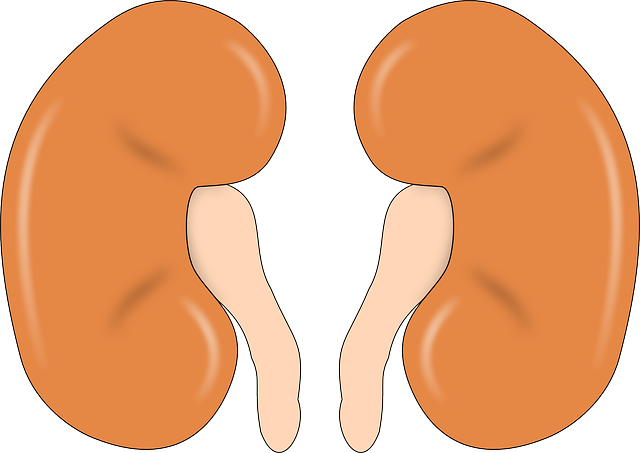
Problematic kidney function can cause secondary hypertension in the form of renal hypertension. There is a simple explanation to the mechanism by which kidneys can raise blood pressure. When arteries to the kidneys narrow reducing blood flow, the kidneys misinterpret this development as the body being dehydrated. Accordingly, they then stimulate the release of hormones which trigger increased water and salt retention filling the blood vessels with fluid resulting in elevated blood pressure.
To be kept in mind is that renal hypertension presents no symptoms unless the blood pressure becomes excessively high. There is however a devious possibility during diagnosis were its not always obvious if the kidney problems is a result of essential hypertension or secondary hypertension.
C for Catecholamines, Coarctation and Cushing's syndrome
Catecholamines
Catecholamines are stress hormones which are unleashed by adrenal glands located on top of the kidneys. Doctors are interested in looking at catecholamines when diagnosing secondary hypertension because of their role in raising blood pressure. Catecholamines are also released in response to other underlying health problems such as certain cancerous and noncancerous tumors. Intense anxiety and stress causes the release of these hormones, the reason why they have also been linked to white coat syndrome.
Coarctation
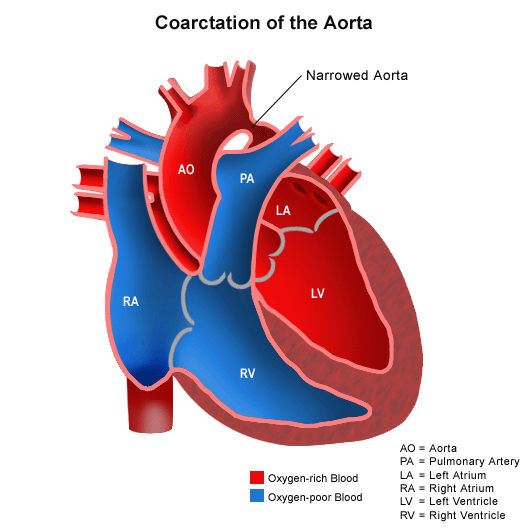
Image Credit: Phoenixchildrens.org
Coarctation is the narrowing of the aorta which is the primary artery in the human body that connects into the left ventricle of the heart traveling from the stomach. The aorta delivers oxygen rich blood to all parts of the body. This narrowing of the aorta is a cause of secondary high blood pressure. It is usually present from birth and in that case is refereed to as congenital.
High blood pressure is only one of the symptoms of coarctation. Other symptoms include headaches, chest pain and weak muscles.
Cushing's syndrome
Cushing's syndrome also sometimes known as hypercortisolism represents a variety of signs and symptoms associated with the prolonged exposure of the body to the hormone cortisol. Hypertension along with type 2 diabetes and bone loss are typical complications of cushing's syndrome. Hence, cushing's syndrome is a possible cause of secondary high blood pressure.
Orally administered corticosteroid medications used in people with problematic adrenal glands can also produce side effects in the order of cushing's syndrome.
D for Drugs and Diet
Drugs
In finding a cause of secondary hypertension, the American Family Physician published mnemonic of ABCDE recommends an examination or closer consideration of a patient's medications. A variety of medications treating a wide range of ailments produce side effects responsible for secondary high blood pressure. For example, Nonsteroidal anti-inflammatory drugs (NSAIDs) such as aspirin and ibuprofen may increase blood pressure.
This is also the case with decongestants such as benadryl may also increase blood pressure. Although more of a depressant than a drug, alcohol abuse has been linked to high blood pressure through its potassium losing effect. Other drugs that can drive secondary high blood pressure include weight-loss agents, estrogens and Immunosuppressive agents.
Diet

As it pertains secondary hypertension, diet becomes of relevance in addressing diet related known causes of secondary high blood pressure such as loss of potassium. On the whole, poor diet has been associated with primary hypertension whereby there is high sodium intake, for example, or weight gain and obesity which are risk factors for hypertension and other cardiovascular problems.
E for Erythropoietin and Endocrine disorders
Erythropoietin
Erythropoietin (EPO) is a hormone that is secreted by the kidneys to promote the development of red blood cells. When the kidney is not functioning well, there is an oversupply of EPO. Higher levels of the hormone have the effect of increasing blood pressure. Under those circumstances, erythropoietin tests become necessary to diagnose and confirm secondary hypertension. As a drug, erythropoietin has been used as treatment for anemia or low blood count. Athletes have been known to abuse erythropoietin as a performance-enhancing drug. Complications include heart attacks, hypertension and viscous blood.
Endocrine Disorders
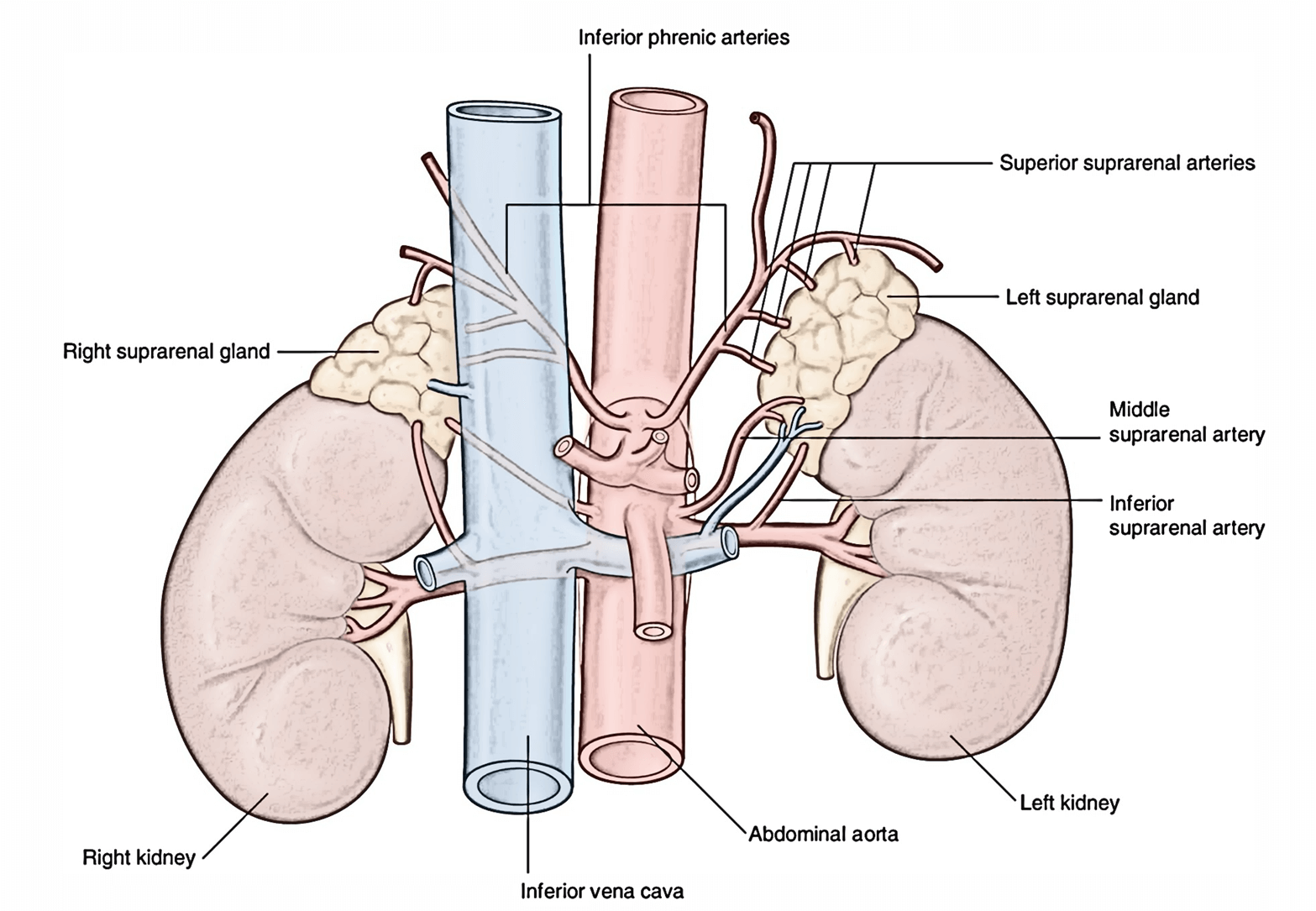
Image Credit: Eathslab.com
Endocrine disorders form an important workup performed by physicians when diagnosing or establishing the cause of secondary hypertension. A review article published in the July 2008 edition of the Journal of Clinical Hypertension (2008 Jul;10(7):534-40) states that endocrine causes secondary hypertension.
The study also notes that endocrine induced hypertension can cause a new onset of high blood pressure in individuals with previously normal blood pressure readings. As it is also known, endocrine hypertension is caused by hormone imbalance. This imbalance is more often involving the pituitary or adrenal glands.
In the final analysis and as mentioned earlier, some physicians have different mnemonics that they use in approaching the diagnosis and the causes of secondary hypertension.
As part of the screen process during diagnosis, doctors typically use any of the following methods and procedures which is also what contributes to the high cost of diagnosing the condition.
Possible Secondary Hypertension Diagnosis Procedures
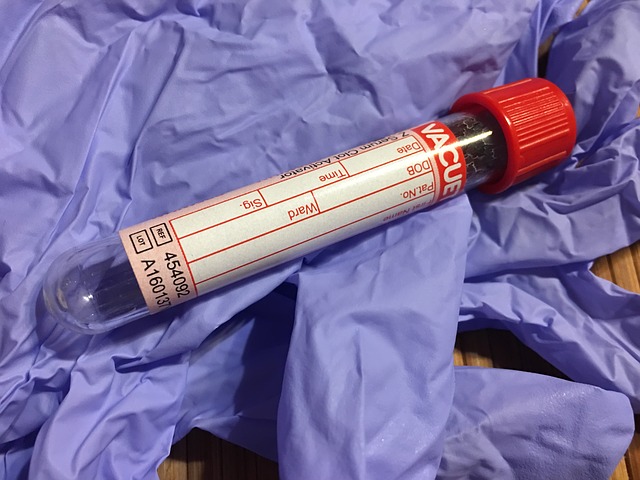
24hr Ambulatory blood pressure measurement - this would involve taking patient blood pressure measurements of the patient at regular interval throughout a 24 hour period as a way of eliminating potential causes of misdiagnosis caused by phenomenon such as office hypertension.
Electrocardiogram (ECG) - is used to check the heart for any coarctation which we have identified as a possible cause of secondary high blood pressure. The actual procedure is fairly quick and harmless exercise measuring a person's electrical activity of the heart using a set of electrodes.
Blood test - this could be used to check salt and potassium levels, creatinine, blood glucose, cholesterol and triglycerides.
Urinalysis - this referees to urine tests usually used to screen for kidney disease, sodium-to-potassium ratio for blood pressure purposes.
Ultrasound of your kidneys - apart from or in addition to urinalysis, physicians may also opt to perform an ultrasound on the kidneys using a transducer which is run over the skin. A computer uses sound waves that are bounced off by your kidneys and blood vessels to interpret the status of the kidneys and blood vessels.
Following any diagnosis and identification of the cause of secondary high blood pressure, it follows without effort to consider how to remedy the situation...
Secondary Hypertension Treatment
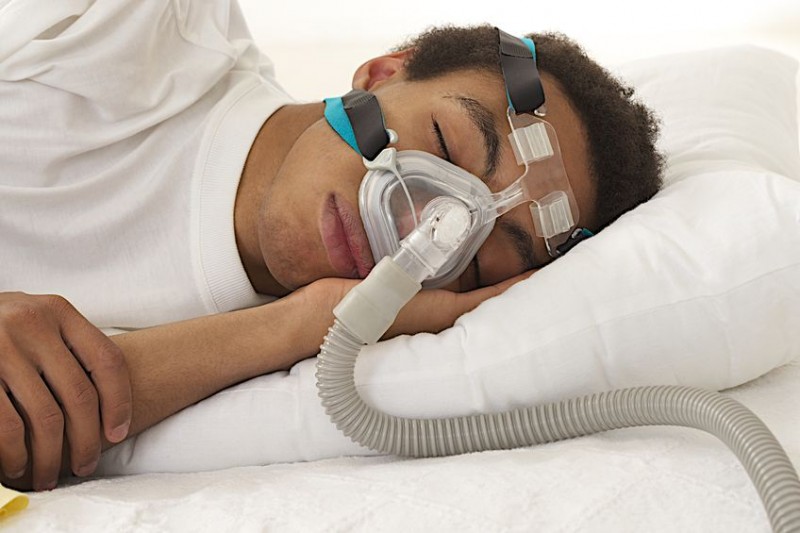
Image Credit: Atlantaent.com
As suggested in the definition of secondary high blood pressure, secondary high blood pressure is often fairly easily remedied by treating its underlying causes. The tedious process is to reach a diagnosis after which the cause, once identified, is treated.
Treatment of the underlying causes of secondary high blood pressure will range from complicated surgery to simple non-intrusive adjustments.
For example, sleep apnea can be treated using nasal continuous positive airway pressure (CPAP). CPAP can be achieved using a breathing device that blows air through the nose helping to keep the airway open during sleep.
Likewise, were the secondary high blood pressure is due to medication side effects, the physician may prescribe a different type of medication or alter the medication dosage among other options.
Be that as it may, other more serious causes of secondary high blood pressure such as coarctation will not be possible to resolve without outright surgery. Age and severity of the aortic coarctation will determine the the type and extent of corrective surgery needed.

Secondary Hypertension in Pregnancy
Secondary hypertension in pregnancy necessarily calls for extra care as women with this condition are at increased risk of pre-eclampsia (PE). PE is a pregnancy related disorder which begins at about 20 weeks with elevated blood pressure and increased urine protein.
While 70 to 80% of pregnant women with primary hypertension can expect a fairly complications free pregnancy, secondary high blood pressure dramatically increases the risk of maternal and fetal morbidity and mortality.
For fear that these complications may disrupt pregnancies, a report published in the journal Current Hypertension Reports (2015 Jul;17(7):53) recommends that, where it is possible, women should be diagnosed of any secondary types of high blood pressure prior to conception for possible treatment as a way of avoiding any complications.
Of the types of secondary high blood pressure that we have discussed above, renal hypertension, Cushing's syndrome and Catecholamines are known to result in preterm birth, accelerated hypertension, and fetal death.
Furthermore, women taking angiotensin-converting enzyme (ACE) inhibitors or angiotensin II receptor blockers as treatment for secondary blood pressure during pregnancy are at risk of congenital abnormalities. Congenital abnormalities kill an estimated 300 000 babies around the world within 4 weeks of birth every year.
In the same fashion, pregnant women suffering from secondary high blood pressure must implement lifestyle modifications which are primarily marked by a reduction in dietary salt intake.
Overall,were there is secondary hypertension in pregnancy, blood pressure should be kept at less than 150/100 mm Hg.
Women with target organ damage such as kidney disease should have their blood pressure kept less than 140/90 mm Hg. Target organ damage also known as end organ damage refers to damage that normally occurs in major organs that are fed by the circulatory system.
Equally important, according to the WHO Guideline Development Group (GDG), is that women with secondary high blood pressure should have their blood pressure measured every day for the first two days following giving birth. Thereafter, at least once on day 3 to day 5 after giving birth.
In efforts to safe guard against secondary high blood pressure complications in pregnancy, careful consideration must be given to the timing of birth and blood pressure status at birth.
For example, it is recommended that pregnant women suffering from secondary hypertension should not proceed to give birth before 37 weeks with blood pressure values lower than 160/110 mm Hg, with or without high blood pressure treatment.
[Last Updated: 23 October 2017]

|
|
Alcohol and Blood Pressure |
Return to What Causes High Blood Pressure form Secondary Hypertension
Return to Hypertension Home Page from Secondary High Blood Pressure
Disclaimer
Information contained on this website is not meant to replace your doctor's advice.
(c) All Rights Reserved. 2010-2018

Lifestlye modifications, dietary changes in particular, will always be an important part of remedying high blood pressure including secondary hypertension. Here is a recommended healthy recipe by Mayo Clinic
Get This- 1 cup fresh pineapple
- 1/2 cup cantaloupe or other melon
- 1 cup fresh strawberries
- Juice of 2 oranges
- 1 cup water
- 1 tablespoon honey
- Remove rind from pineapple and melon. Cut into chunks. Remove stems from strawberries. You may want to refrigerate ingredients now to save until later.
- When you're ready to serve, place all ingredients in blender and puree until smooth. Serve cold.


